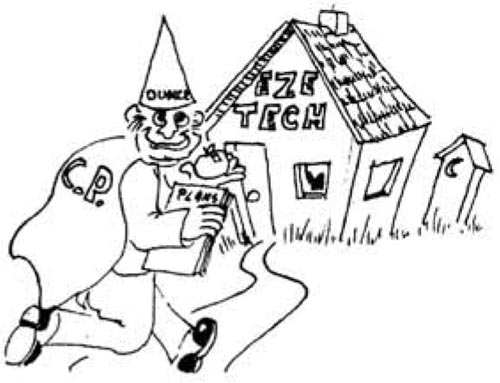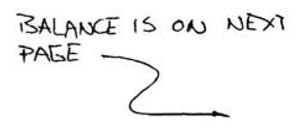Q1 Plans Chapter 2 Page 2-1
- Details
- Category: Quickie Plans
- Published: Monday, 12 May 2008 12:27
- Written by Jun Su
- Hits: 10512
Upon receiving your Quickie kit, you should immediately match the packing list in
each box against the actual contents of each box. Any descrepancies should be reported
immediately to the appropriate vendor(e.g. Aircraft Spruce, etc.) We can not be
responsible for shortages that go unreported for longer than 5 days after receipt
of the materials.
QAC maintains a close liaison with
Quickie subcontractors to assure proper materials specification and
quality control. Do not make substitutions for the materials provided.
The materials provided were selected, developed, tested, and optimized
for ease
of construction and structural integrity. If you insist on making
non-approved substitutions for replacement and spoilage, we insist
that you do not call your aircraft a Quickie.
QAC will not provide assistance in the application of substitute
materials or components.
In addition to the materials provided in the kit, you will have to furnish a few
ltems that are readily available locally. We do this to save you some money. These
items are as follows:
- 2" x 2" piece of aluminum screen door screen.
- 10" length of l/4" diam. wood dowell material.
- Masonite or aircraft quality plywood for templates.
- Lumber for a workbench and jigging.
- Finishing Materials; Dupont 70S dark gray laquer primer surfacer, Acrylic laquer paint ln the color of your choice(see Chapter 19), and Silicon Carbide or Aluminum Oxide type sandpaper in Coarse (36,40, or 60), medium (100 to 150), and fine (220 to 320).
Tools required are covered in the Education section (Chapter 3).
The QUICKIE kit, properly constructed, will reproduce the successful original OUICKIE designed, made, and tested by QUICKIE AIRCRAFT CORPORATION. OUICKIE AIRCRAFT CORPORATION is not responsible, and makes no warranties, express or implied whatsoever, regarding the struc- tural integrity, performance, flight characteristics, or safety of the Buyer's completed air- craft and its component parts. OUICKIE AIRCRAFT CORPORATION has no control and assumes no control over the Buyer's ability to successfully construct and test the QUICKIE AIRCRAFT. Buyer expressly waives any and all claims arising from structural integrity, performance, flight characteristics, mechanical failures, and safety against QUICKIE AIRCRAFT CORPORATION. Buyer acknowledges awareness of the risks of flying a home built aircraft. Buyer acknowledges that the FAA must inspect the aircraft at construction intervals, as well as the completed project, prior to flight, and should work with his local FAA representative regarding the construction and licensing of the aircraft.
QUICKIE AIRCRAFT CORPORATION reserves the right to make recommended revisions in the plans and construction of the aircraft at any time without liability to QUICKIE AIRCRAFT CO PORATION, as such revisions or changes may he deemed advisable from time to time.









